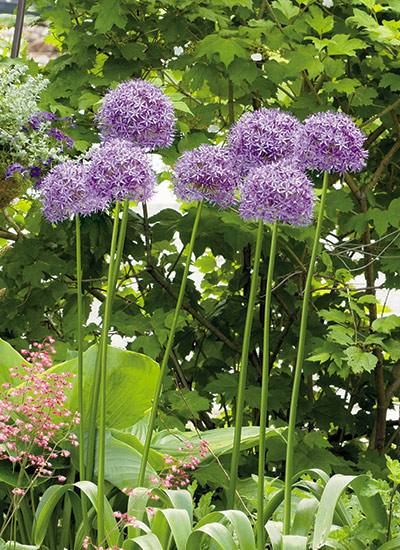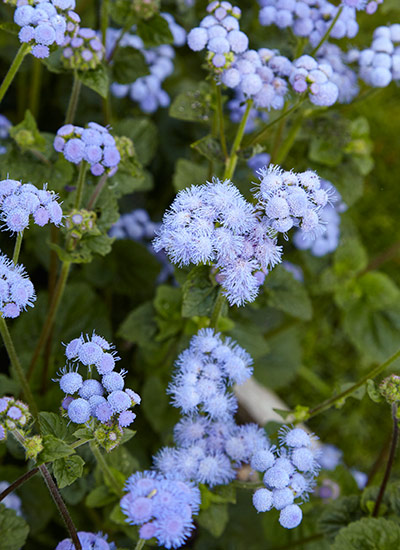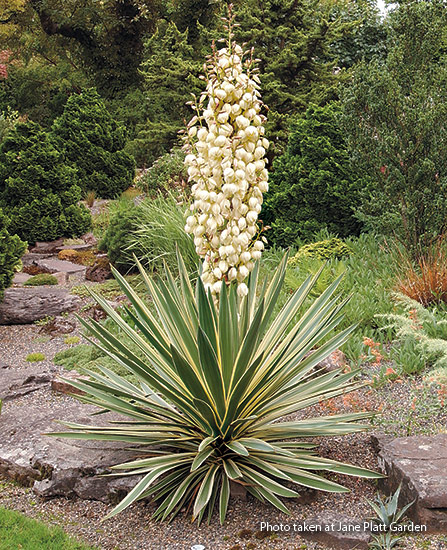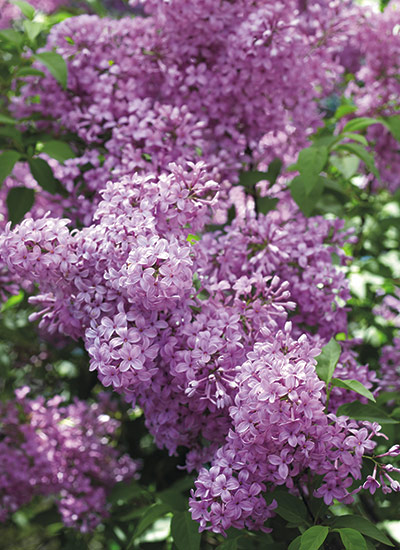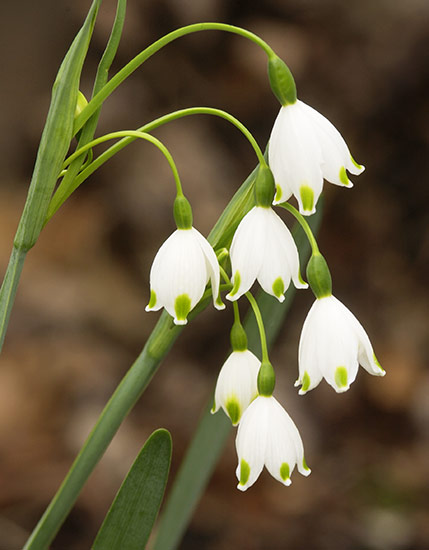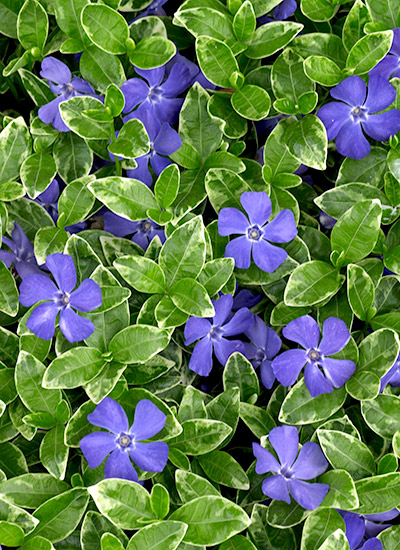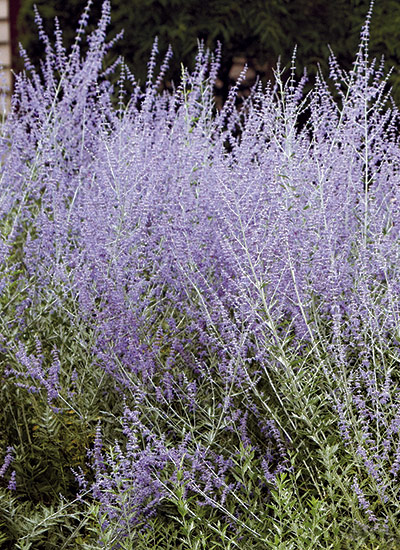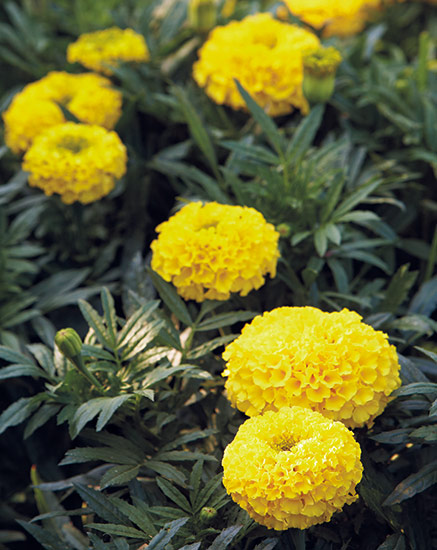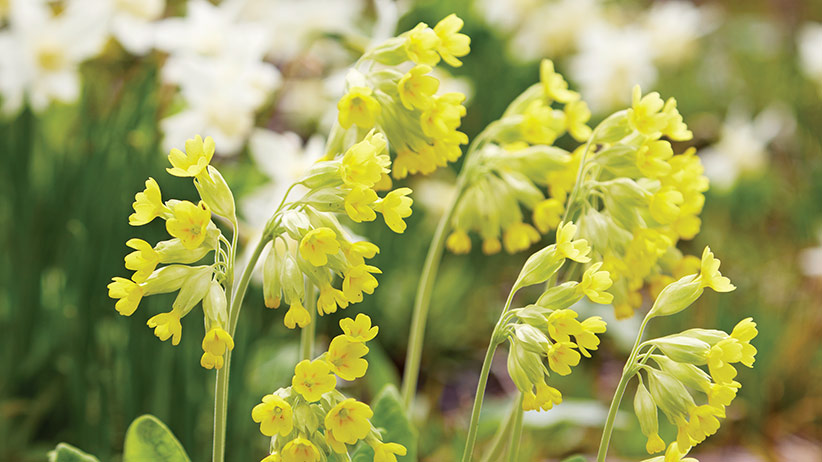Dealing with deer and rabbits in the garden
Your neighbors call and tell you how much they enjoy watching the deer and rabbits playing in your garden. You groan, grab a broom and head to the door. Too late — they ate the hostas and the daylily buds that were just opening! What to do? Let’s start by looking at the foraging practices of these four-legged eating machines.
Habitual deer
Deer are creatures of habit. Once they find a route with lots of tasty treats, they follow it. Your objective is to either block that path or give them reasons to move to another area. Fencing helps, but is expensive and not always possible. Sprays that smell or taste bad to deer often work, but need to be reapplied frequently to be effective. One of the best ways to avoid feeding them is to set a table with their least-favorite foods.
You Might Also Like:
Deer-Resistant Garden Bed Plan
Deer Control Products for Your Garden
Plant a Garden Bed Deer Won't Eat
Erratic rabbits
Unlike deer, rabbits are more random in their eating habits. One female rabbit can produce five or more litters in a year. And since each litter may have five to eight hungry bunnies, they have to keep moving to find new food sources. Fencing and repellent concoctions help, but are extra work. And the list of foods that rabbits don’t like is shorter than the list for deer.
Are any plants completely pest-resistant?
Here’s the bottom line on controls: Much will depend on the other food options in the area, the competition for food and the eating habits of the deer or rabbits. No plant is 100 percent resistant to a hungry animal. Once it’s finished off its favorites, the critter will move on to the next least-offensive-tasting plant. The key is to create a garden that contains very few of their favorites. So with that said, here are 11 plants that deer or rabbits will pass by in their search for a tasty meal.





